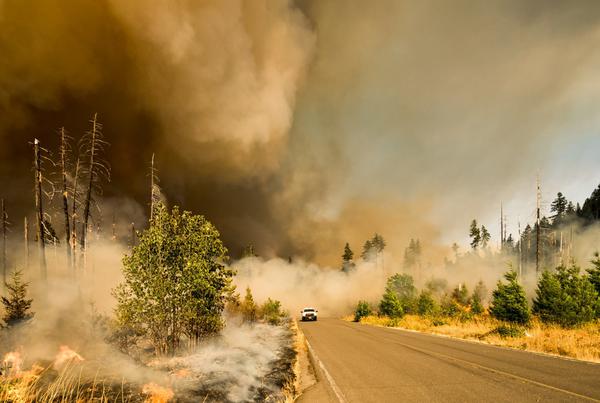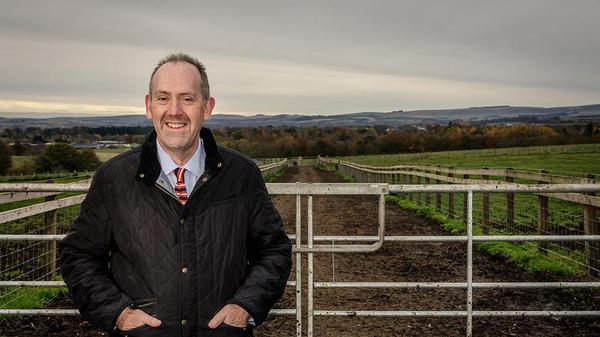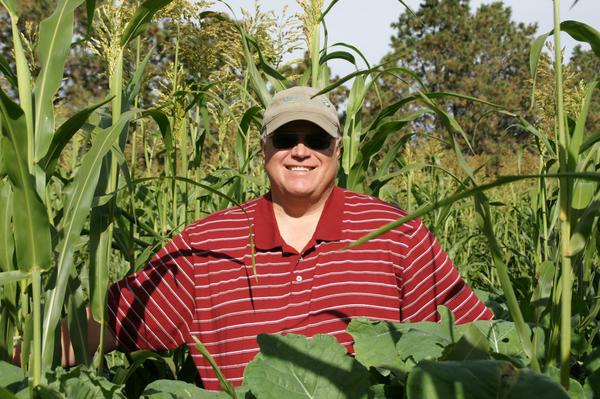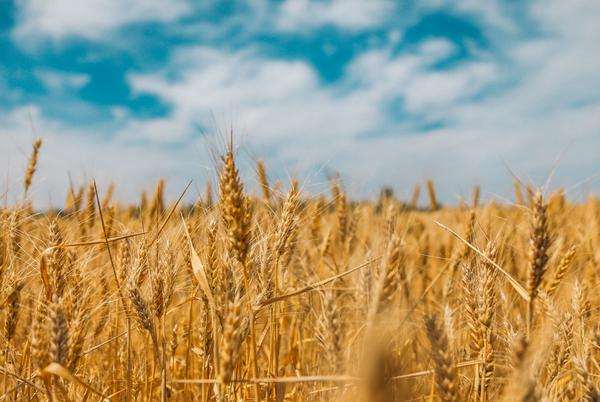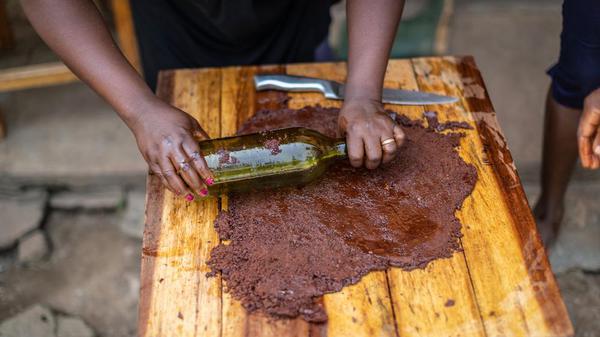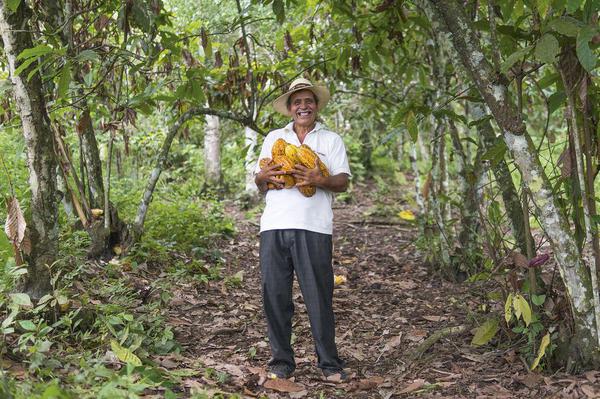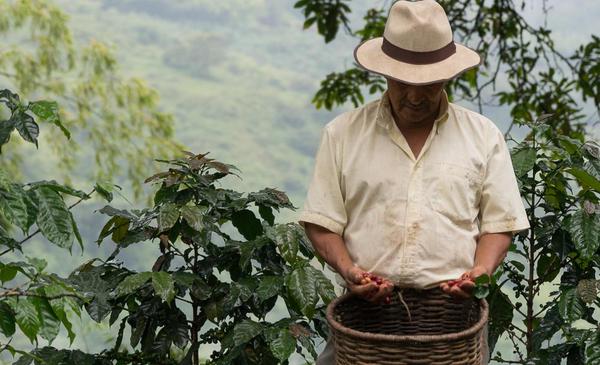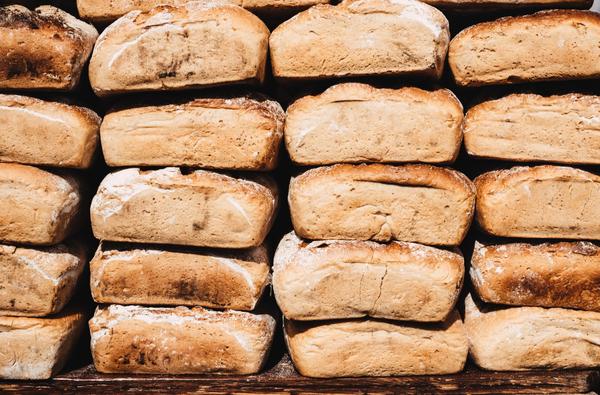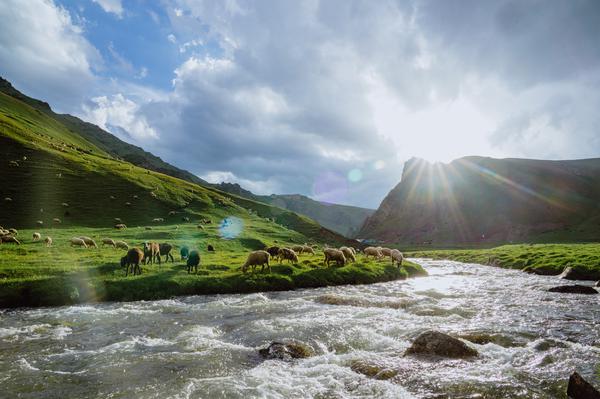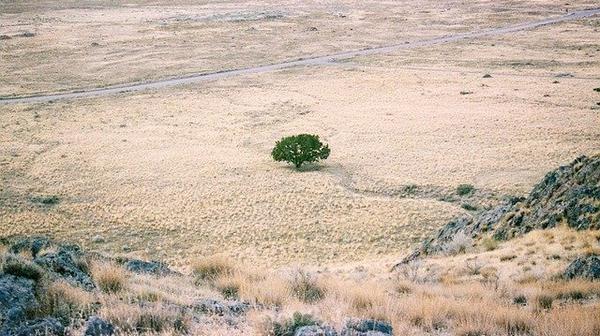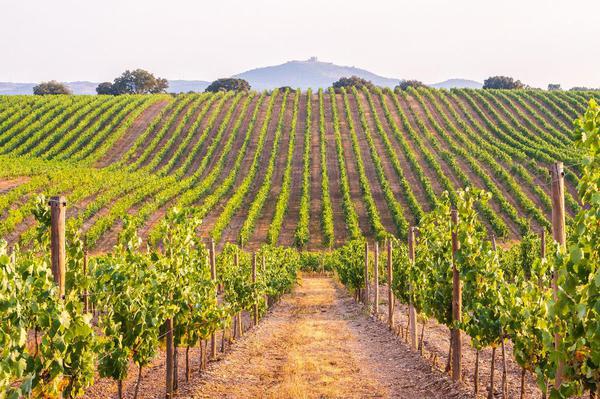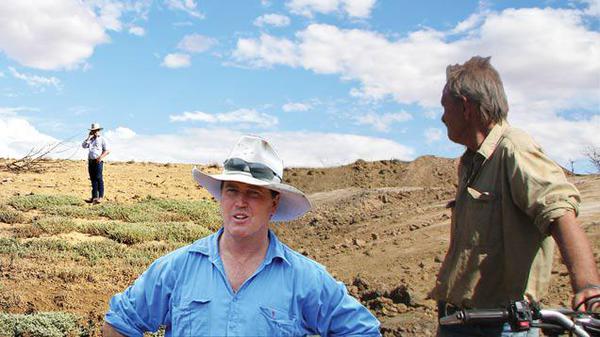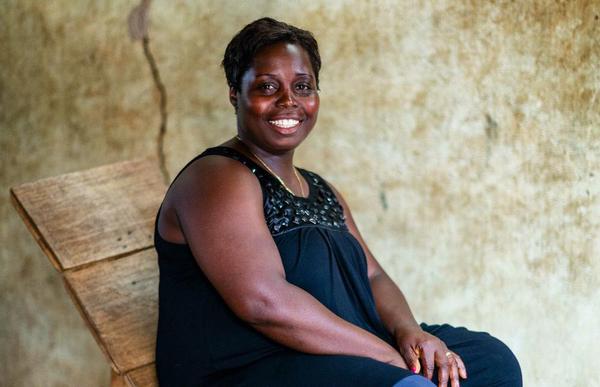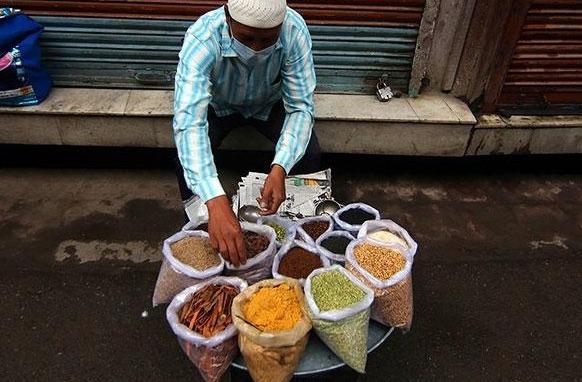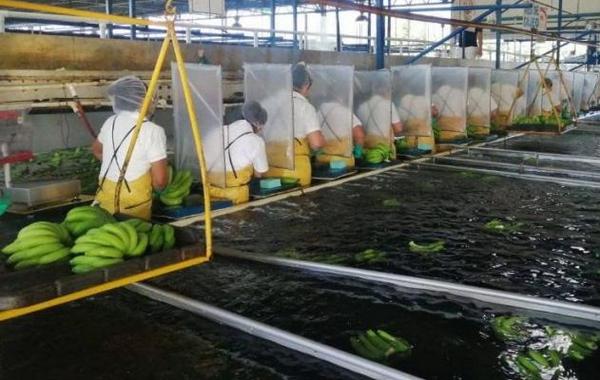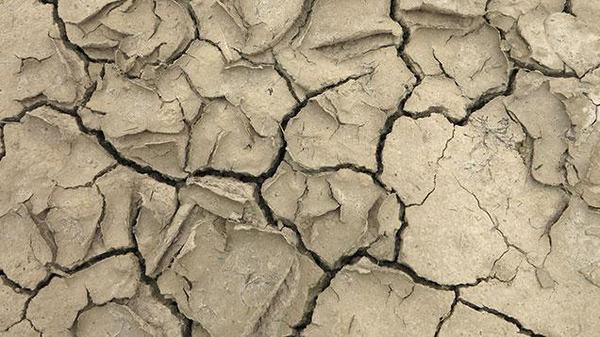From Portugal to Chile – the race to predict extreme wildfires
Across the Atlantic in Pedrógão Grande, as early evening approached, thick smoke blocked the sun and made it difficult for the villagers to see or breathe. The fire sucked air towards it, generating wind speeds of up to 117km/h (73mph) and rocking cars in a nearby municipality. Still the flames charged on, now devouring 4,460 hectares (17sq miles) of forest an hour. But the most dramatic, dangerous moment was still to come. At about 8pm, the dark cloud of smoke – now 13km (8 miles) high – "collapsed" through its plume, sending cold air whooshing down to the base of the fire and fanning it with oxygen...
